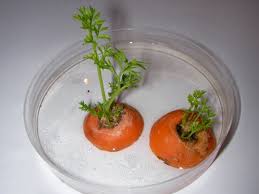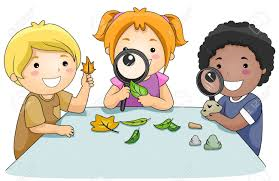Carrot Top Garden – Sprouting Carrot Tops with Children
Carrots tops are one of the easiest plants to grow and requires no special equipment. Children can see results in a matter of days, which is exciting for them.
Cut the tops off of three or four carrots. Have your children place them in a shallow dish and water them daily. The carrot tops should be sitting in at least 1/4 inch water at all times. Sit back and watch the carrot tops sprout new green foliage. This provides an excellent opportunity for questions and answers:
- What do they think will happen with they put the carrot in the water?
- How does it look a few days later?
- When it sprouts conversations on the process of growing and how things grow
- Encourage the children to talk about the changes of the plant
- Draw pictures
- Guess what is next
There is so much you can do with this activity. Be creative. While it is growing you can read some books and conduct nutrition activities using carrots. It is amazing that most children only know the baby carrots that are already cleaned and ready to eat. May have not seen a carrot before all the processing. See the next blog for some more ideas.

Growing Carrot Tops

